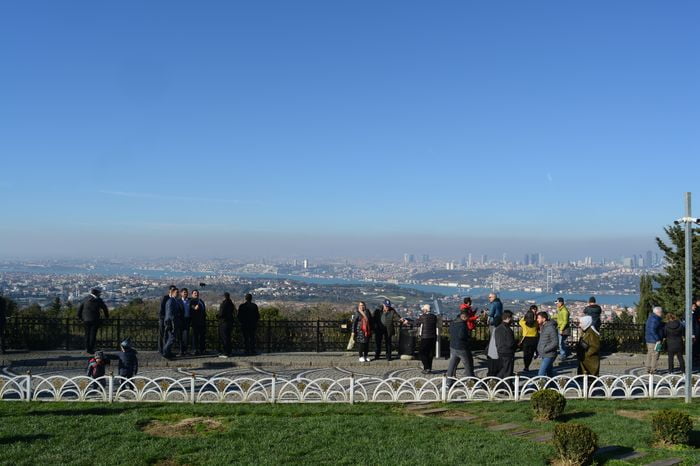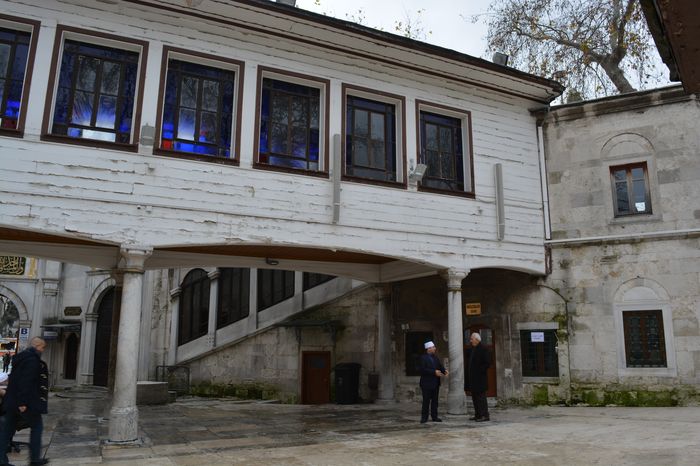The Acropolis of Athens has suffered from plundering for centuries. Its marbles and sculptures have been used for building materials and artistic objects. Some of the finest marbles were burned to make lime for constructing modern Athens. In the early 19th century, Lord Elgin, the British ambassador to Greece, removed many of the most beautiful and valuable sculptures from the Parthenon. These are now displayed in the British Museum and are known as “The Elgin Marbles.”
Preservation Efforts
In recent years, the Greek government has taken great care to protect the remaining treasures of the Acropolis. Officials are also eager to recover artworks that were removed and taken to foreign countries. Over the past fifty years, the Greek government has made several requests to the British government for the return of the Elgin Marbles. Unfortunately, these requests have not been successful. Just as the Ionian Islands were returned to Greece by British Prime Minister Gladstone in the 19th century, the Athenians would be equally grateful if the Elgin Marbles were returned. These sculptures were taken under the authority of the Turkish government, not with the consent of Greece The Acropolis of Athens.
The Moral and Historical Significance
It is difficult not to reflect deeply when visiting the Acropolis. Few places on earth offer such a connection to history and human achievement, comparable perhaps only to Bethlehem, Jerusalem, St. Peter’s Basilica in Rome, or Westminster Abbey in London. The columns of the Parthenon are older than almost anything in Rome or London, except for a few ancient obelisks brought from Egypt. Many of these objects were taken to show the power of Christian nations over older civilizations, a practice that has repeated throughout history.
The Parthenon Through Time
The Parthenon itself has experienced a long and varied history. It was originally built as a temple to Athena, the goddess of wisdom. For several centuries, it served as a church, and during Ottoman rule, it was converted into a mosque. By the time it was damaged by Venetian artillery in 1687, it had already stood as a symbol of culture, religion, and architecture for over a thousand years. Today, even in ruin, it continues to inspire admiration for its artistry and historical significance Private Tour Bulgaria.
Enduring Legacy
The story of the Acropolis teaches lessons about history, culture, and human behavior. It reminds us how civilizations rise, fall, and sometimes exploit one another. Yet, the Acropolis also shows resilience, standing as a monument to ancient Greek wisdom, architectural genius, and the enduring influence of their civilization on the world. The efforts to preserve it today ensure that future generations can continue to learn from and appreciate its grandeur.







